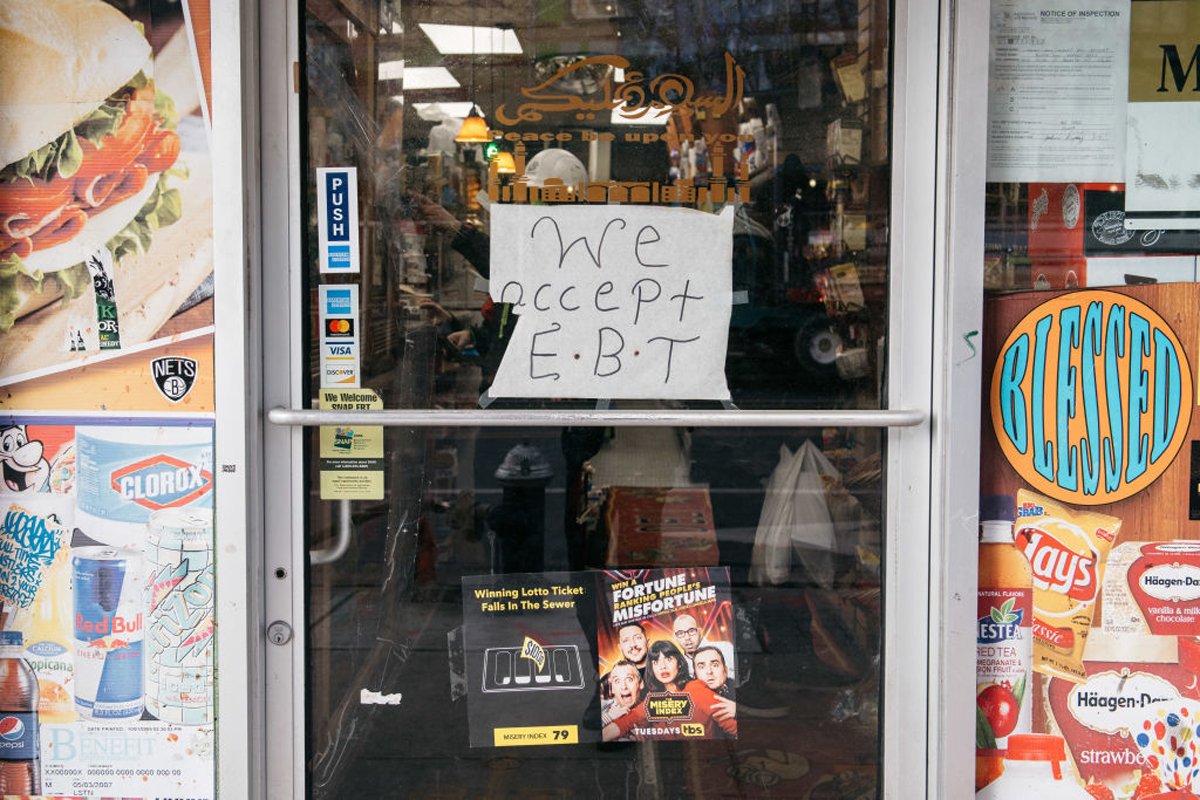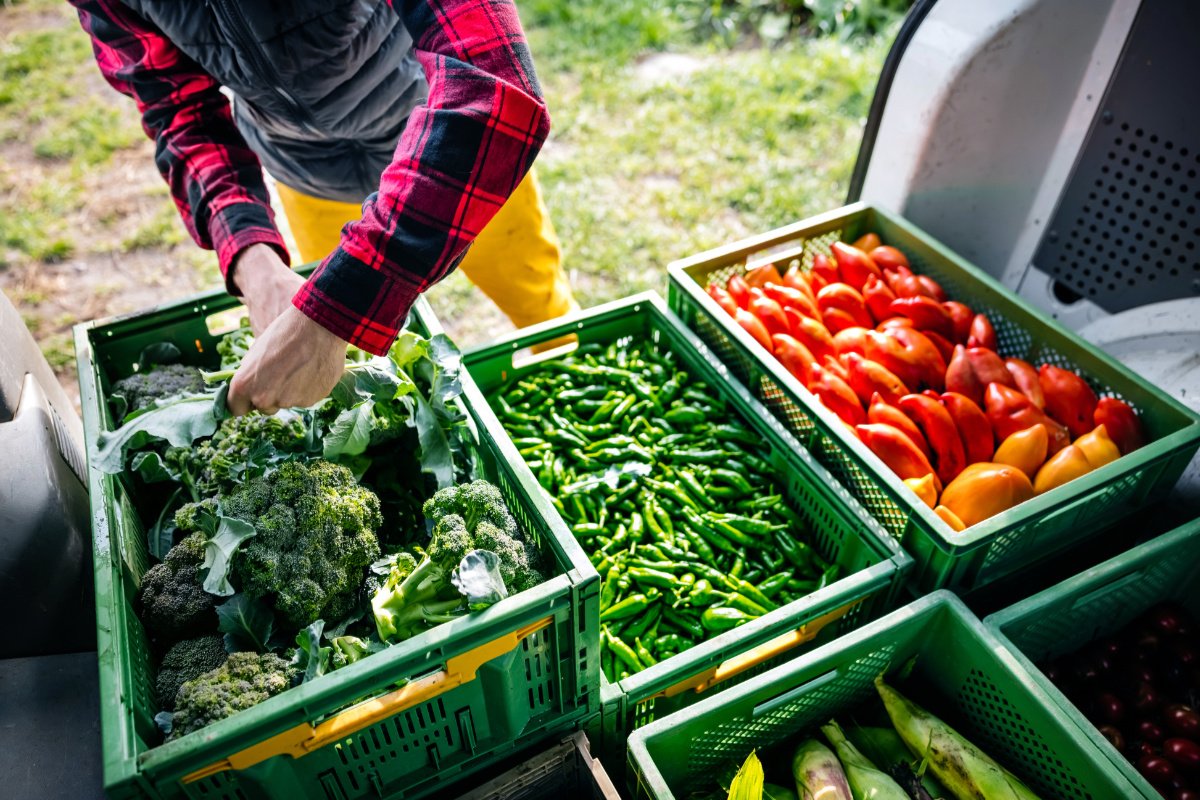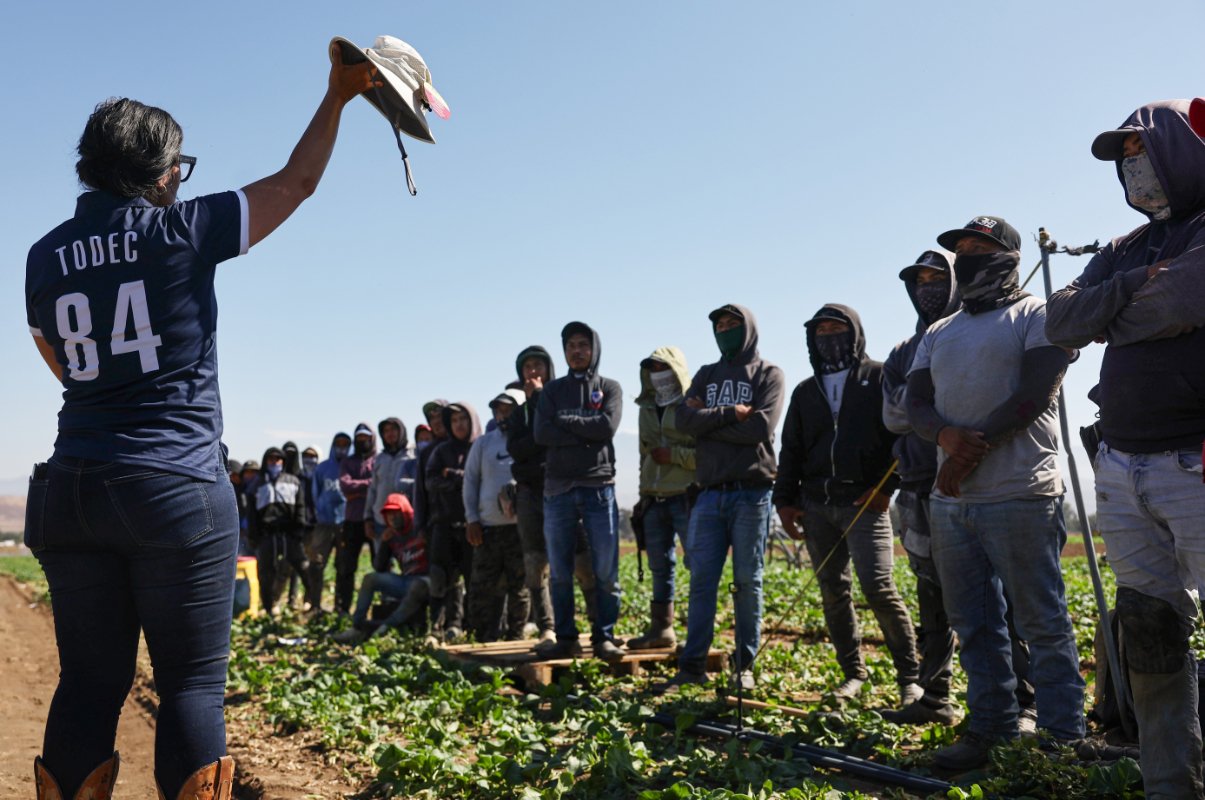“These rules basically penalize people who are in need of food assistance for no economic gain,” said Pia Chaparro, a public health nutritionist and researcher at the University of Washington who has studied the program. “Research shows that SNAP participation reduces food insecurity but does not act as a disincentive to work. Moreover, research shows that the work requirements don’t lead to increased employment.”
The amount of supplemental assistance people receive on SNAP can stretch a food budget, but isn’t enough to disincentivize working, noted Ed Bolen, the director of SNAP state strategies at the Center on Budget and Policy Priorities (CBPP), a progressive think tank. “The theory is that if you get $6.20 a day in SNAP, you’re not looking for work enough or not working enough hours. But $6.20 a day, it’s not going to pay your rent,” he said.
The Trump-era rule was struck down in 2020 by U.S. District Judge Beryl Howell, who determined that it “radically and abruptly alters decades of regulatory practice, leaving states scrambling and exponentially increasing food insecurity for tens of thousands of Americans.”
Since the rule was blocked, employment levels have improved, but food insecurity has not. In fact, the USDA found that levels of household food insecurity soared to nearly 13 percent in 2022, exceeding both 2021 and 2020 levels. This has been attributed to both inflation and the end of pandemic food assistance. In 2022, 44 million people lived in homes without enough food, including 7.3 million children.
“I see these [proposals] as really doing a lot of harm to working-class communities, rural communities, urban communities alike.”
The proposal to tighten SNAP work requirements is one of many that would collectively chip away at federal food assistance programs that have supported low-income Americans for decades. It would also eliminate some of the streamlined processes that allow participants in other social benefit programs to more easily receive SNAP benefits, including a cash-assistance program for low-income families and a program that helps low-income households with the often steep costs of energy bills.
The plan also calls for reforming the voucher program for infant formula under WIC, which provides nutritional benefits to pregnant and postpartum women, infants, and children under 6 years old. Currently, states award contracts to whichever infant formula manufacturer offers the lowest net cost in a competitive bidding process. Project 2025 proposes to regulate this process (though it doesn’t specify how), claiming it’s driving monopolies in the marketplace. At the same time, the plan calls for weakening regulations on infant formula labeling and manufacturing to, in theory, prevent shortages.
“Upending this process could result in a funding shortfall, jeopardize access to WIC for millions of parents, infants, and young children, and result in higher formula prices for all consumers,” said Katie Bergh, a senior policy analyst at the CBBP. “WIC’s competitive bidding process for infant formula saves the program between $1 billion and $2 billion each year.”
Bergh pointed to a recent report from the National Academies of Sciences on supply chain disruptions in the U.S. infant formula market. It concluded that the “competitive bidding process is not the driver of industry concentration at the national level,” while also finding that eliminating the program would lead to higher WIC costs and higher formula costs for all consumers.
In yet another cut to food assistance for children, Project 2025 would also threaten the future of some universal school meal programs. This plan specifically calls to eliminate the Community Eligibility Provision, which was established in 2010 to allow schools in districts with high poverty levels to provide free meals for all students. This provision is widely used across all 50 states, providing over 19.9 million school children with free breakfast and lunch. The alternative, used in schools without CEP or another universal meal program, is to individually assess each student’s eligibility for free meal tickets.
Fremstad, of the Center for Economic and Policy Research, points to how CEP reduces the stigma of students being sorted into a different lunch line based on their family’s income, which can be a source of shame and behavioral issues. It also removes the penalties that low-income parents face when they can’t provide their child with money for school meals.
“We have a situation where there literally is something called ‘school lunch debt collection,’ where some schools have been sending debt collectors after very low-income parents to pay for their [child’s] lunch,” he said. It’s one of the many nutrition program cuts in Project 2025 that would further hurt working families, he continued.











Like the story?
Join the conversation.